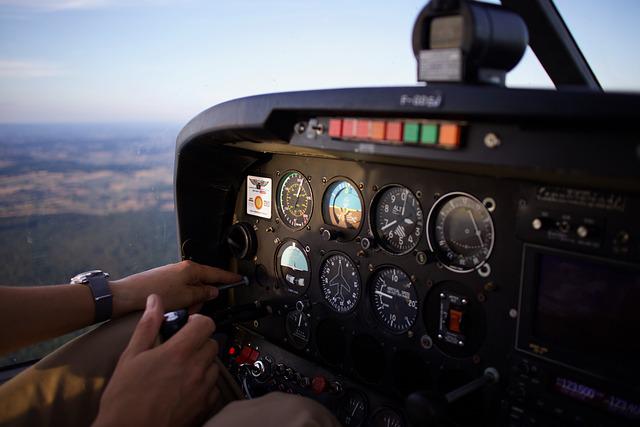Long-tenured pilots may recall when carrying huge flight bags stuffed with nautical charts and logbooks was the norm. Modern electronic logging and document storage have made preparing for a trip simpler for pilots. Despite the prevalence of cutting-edge technology, preparing a flight bag with a few traditional items is nevertheless common practice. Pilots must understand that planning is essential for a safe and smooth flight. Whether a seasoned pilot or a brand-new student pilot, you’ll find equipment here that you’ll use on every trip. Plus, you will need specific equipment you may not use often but may need in an emergency.
1. Textbooks for the FAA
As you continue through flight school, you will always have your textbooks. Books published by the FAA, such as the Airplane Flying Handbook and the Pilot’s Handbook of Aeronautical Knowledge, are required reading for each student pilot. You will need to know a substantial amount of this knowledge to pass your final examinations and check ride.
2. Portable Power Supply
General society has grown extremely reliant on technological technology. As proven by the fact that people’s outdated sectional charts and logbooks have been replaced with tablet applications. Although the battery capacity of these devices is intrinsically limited, you may prolong the battery life of your navigational device by bringing a portable battery pack or power bank.
3. Flashlight
This is a pilot’s accessory you should not omit. Whether or not you usually fly at night, you must carry a reliable flashlight. You never know when you may get stranded at a faraway airport and be forced to return in the dark. Our guide to the best flashlights for pilots might assist you in locating a quality product. But the one below is by far my favorite.
4. Headset
Airplanes are loud. You will need a headset to communicate in the cockpit and protect your hearing. There are dozens of different headsets to pick from, you can usually purchase them at a pilot shop. Many students begin with a passive headset before upgrading to an active noise reduction (ANR) model, which is often far quieter and more pleasant. Our recommendation is to avoid purchasing inexpensive aircraft headsets.
5. Kneeboard with a Pen and Paper
The following recommendation may sound “outdated,” but every pilot should have a pen and paper available to record instructions and radio frequencies. With a kneeboard, you can keep your pens and paper close to your hand and ready for use. In addition, most kneeboards are designed to handle an iPad, pen, and tiny notebook.
6. Fuel Analyzer
Fuel is one of the several pre-flight duties pilots conduct on airplanes, and it entails more than simply ensuring there is enough for the trip and the needed reserve. Specifically, pilots must examine the gasoline to ensure that it is correct and free of impurities. In this case, a gasoline tester is necessary.
7. Sunglasses That are Not Polarized
Flying with the bright sun in your eyes has taught us that sunglasses are more than simply a fashion accessory for the cockpit. Without these, your eyes will be significantly degraded while flying in specific directions during the day. Obtain a quality pair of non-polarized glasses that will not impede visibility through anti-glare windscreens or instruments.
8. Portable Two-Way Radio
Although every aircraft has an onboard radio, communication is much too vital during flight for there to be no backup alternative. Pilots should always carry their portable two-way radio for this reason. A spare two-way radio is one of those items that you won’t miss in your flight luggage until you need it. Inadvertently being unable to communicate during an emergency might have severe implications. Flying without a radio in IFR circumstances is terrifying, although flying under VFR conditions may not pose many difficulties.
9. Logbook
Your logbook will be the primary means you take notes, maintain flight plans, and record any information pertinent to your development as a pilot. Use your logbook to record every flight and any lessons that passengers carried. Having a high-quality logbook on the first day of flight school will save you from having to move information between books later.
10. Surviving Equipment
It is up to you how much survival gear you pack in your carry-on, but it is advisable to have at least a first-aid kit. Nobody likes to consider the idea of using survival equipment but to be a safe pilot, you must prepare for the unimaginable.












